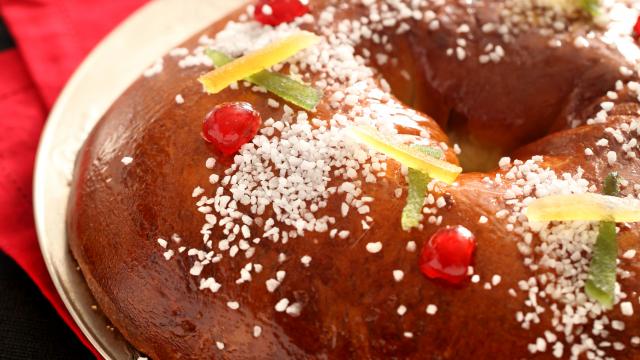Christmas lasts for 60 days in Provence-Alpes-Côte d’Azur!
It all begins on December 4th (Saint Barbara’s Day), when we sow the wheat of abundance
and head out to visit the local craftsmen and producers to fill up our baskets… Simply push
open the door to their workshops or boutiques – you’ll find them at the local Christmas
markets too.
Our traditional Santon figurines are THE kings of Christmas! Every year we treat ourselves
to a new addition and give it pride of place in the crib scene, handed down through
generations. And that’s just the start, because the crib scene stays up until Candlemas on
February 2nd, when Marseille’s traditional Navette biscuits are blessed… Welcome to the
magic of Christmas in Provence











